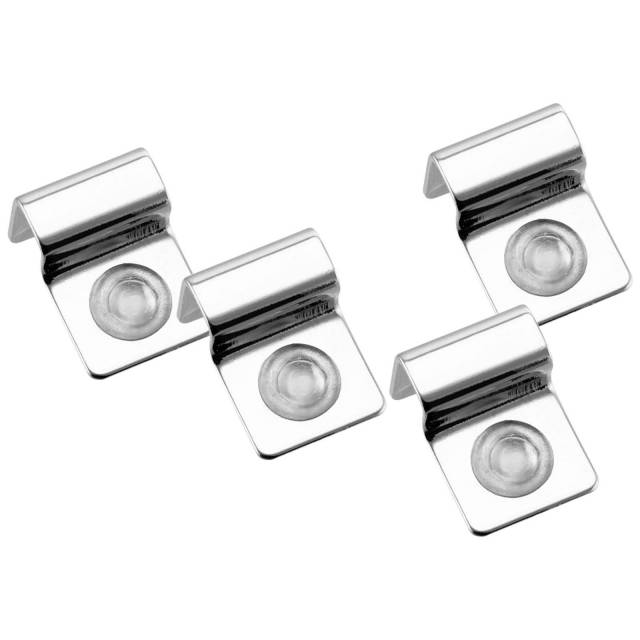When buying an aquarium and planning a new project, you should always think about whether the pool should be equipped with a cover or can do without. While fixed covers are the traditional solution, open aquariums are becoming increasingly popular, especially through the influence of Takashi Amano's natural aquariums. Both aquarium types have their own advantages and disadvantages. We’ll present you the differences in this article.
Aquariums with cover
Classic aquariums usually have a closed cover, in other words, a fitting lid for the glass tank, equipped with integrated lighting.
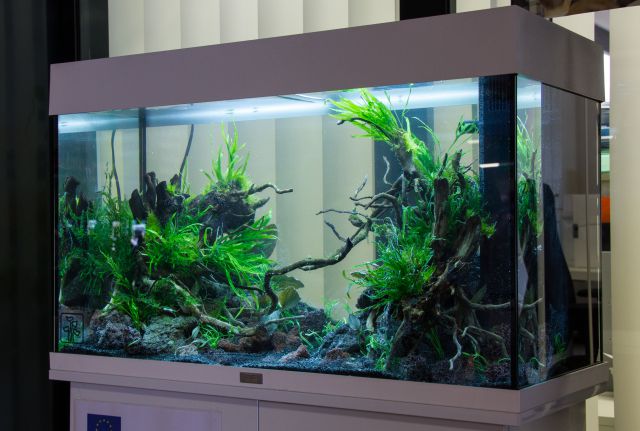
The cover is commonly made of plastic. In it, you can usually open different lids, for example for feeding or when you have to do maintenance work in the aquarium. Feedthroughs are strategically placed to lead filter pipes, hoses or cables into and out of the tank.
Aquariums without cover
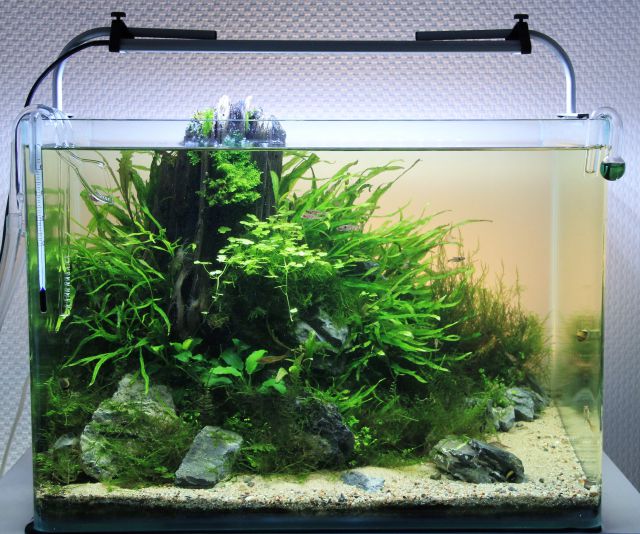
In recent years, open tanks , built in the so-called pool design have become more and more popular. This term refers to a glass tank without a fixed cover and without longitudinal or transverse struts. Thus, there are no obstructing elements in the upper area and you can see an aquarium landscape and the water surface, only limited by the glass walls in the form of the aquarium’s panes.
Diversities
Whether an open-tank or closed aquarium system, everything has its advantages and disadvantages. The biggest difference is certainly, apart from the optical component, in the maintenance.
Frameless aquariums without cover simply look very aesthetic. The aquarium landscape and the water surface can also be viewed from above. A surface that is moved by the flow, in combination with punctual HQI or LED lighting, creates great curling effects and plays of light in the living space. In terms of lighting, you can also rely on mounted- and suspended lamps. This, too is an optical enrichment.
In the truest sense of the word, there are no more limits set in designing your aquascape. Aquatic plants can grow out of the water and develop their emerged form. Also decorative materials such as stones or driftwood are now allowed to protrude from the aquarium. This looks very natural.

Decoration and plants protruding from the water
The big disadvantage of open aquariums is certainly the extra work involved in the maintenance. Every day, a considerable amount of water evaporates, which should be topped up regularly. For this you should use demineralized water, for example, prepared by a reverse osmosis system. The reason for this is as follows: Due to the evaporation only pure water (H20) escapes into the ambient air. Dissolved substances contained in the water remain in the residual water, ie in the aquarium. If you top up with tap water again and again, there is a steady increase in the concentration of these substances in the aquarium water. In the long run, this can cause e.g. water hardness to continually increase. Nevertheless, the effort of evaporation compensation can be minimized by automating the process. For that, a dosing pump, able to automatically take care of the daily dosage of liquid fertilizer is very helpful. Manual fertilization becomes a thing of the past.
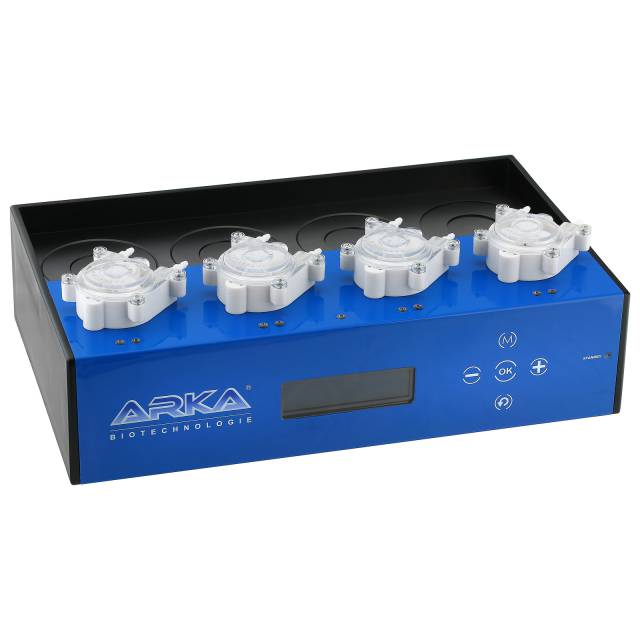
Covered aquariums always look a little stout and clunky. Evaporation is strongly restrained by the cover, creating an environment with high humidity which can certainly lead to problems over time. In case of poor ventilation, mold may form. Likewise, the built-in aquarium lighting must be able to withstand permanent moisture. Especially when using LED lights, they should have a corresponding protection class and water resistance (recommended: protection class IP67 or 68).
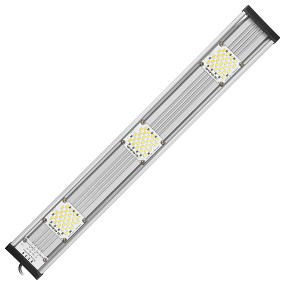
LED lights from daytime are waterproof and easy to install into existing covers from Eheim or Juwel.
Open glass pool tanks can be retrofitted with a glass cover pane. This may be necessary, for example, if jumpy fish are to be kept in the aquarium. These glass covers look very subtle and go well with the lighter look of a frameless tank. Small, unobtrusive cover hooks, usually made of metal are used to keep the cover in place.
